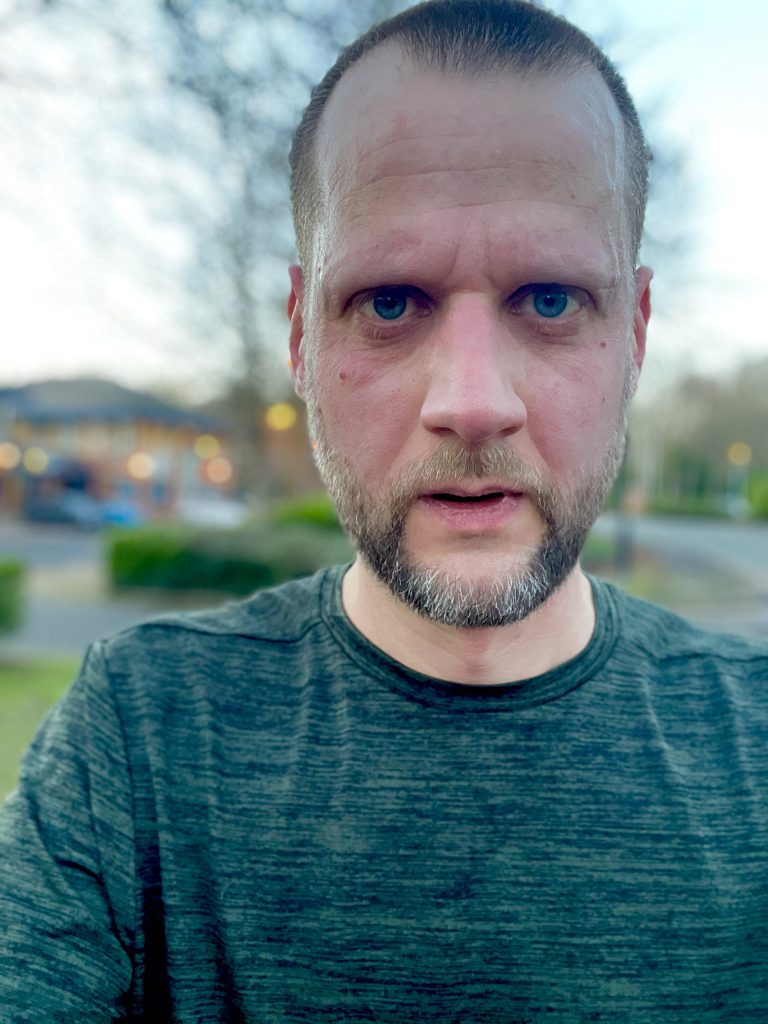By Dave Hewer
“I remember the days when running a sub-40 10k meant nothing!”
These were the uplifting words from a long-standing member of Saltwell as we trotted along to the Angel on a dark Thursday evening. Not so encouraging for me, who considered himself a reasonably good runner but had never got near 40 minutes for a 10k.
Predictably, my runner’s pride kicked in and from that moment forward I set myself the target of doing something that “meant nothing”.
May be you find the aim of running a sub-40 10k deeply patronising or laughably out-of-reach. In any case, what I’d like to share is the training plan I followed that I think could help anyone hit a target time for 10km.
“The best 10K workout ever”?
“The best 10K workout ever”. That was the click-bait article headline that annoyingly caught my attention on Runner’s World. In the piece, Greg McMillan says there is one workout which is the best single preparation for a 10k race:
“If you can perform three two-mile repeats at your goal 10K pace in the final one to two weeks before your big race, you will achieve your goal time. Guaranteed.”
Pretty simple, eh?
Not surprisingly that particular workout is pretty hard and for most runners they’ll need to build-up to it over a course of 4-8 weeks. Regardless, it sounded to me a little too good to be true and in classic British fashion, I was spectacularly sceptical.
The build-up workouts
McMillan outlines three build-up workouts, all at race pace:
- 6 x 1 mile
- 1 x 2 miles + 4 x 1 mile
- 2 x 2 miles + 2 x 1 mile
(You get a five minute recovery after each 2 mile effort and a three minute recovery after each 1 mile effort.)
I’m sure you can see the pattern for yourself as the runner learns to hold their race-pace for longer, each workout.
In a dark Valley

As a man who likes a plan, I headed down to the sublime beauty of Team Valley, full of inspiration and doubt (in equal measure). I did my workouts each Monday in the late afternoon across five weeks, in February and March.
The workouts hurt. A lot.
The one I actually found the hardest was the first (6 x 1 mile). It seemed to go on forever and while the efforts themselves were painful, the ‘recovery’ three minutes were even worse. I couldn’t shake the terrifying thought that someone from Saltwell would drive past me during those three minutes and see the shell of a man, swaying around like a drunken zombie. I wanted some way of communicating to the world around me that I had just been running really quite fast, thank you very much.
Anyway, I survived that first workout and crawled out of the Valley thinking to myself that there was no way in a million years that I would manage the next one.
Locking in
I’ve followed a fair few different training plans over the last few years. The most helpful thing about this one, is that you spend so much time running at your race pace (not under it for less time, or over it for longer).
As the weeks went on I found myself ‘locking in’ more and more easily into my 4min/km target pace. It was never comfortable or pleasant but it was place I felt increasingly familiar with.
That workout

Such a big deal of the final workout of 3 x 2 miles is made in the Runner’s World article, that it felt almost like a race itself. I tried to stay as mentally discipled as possible focusing only on each effort as I was doing it and trying to forget everything else.
And I survived it. It wasn’t fun or glorious (it was Team Valley) but I just about managed to do what I needed to: run 2 miles at 4min/km, three times over. I knew that for the 10km effort itself, if I could go under 40 minutes it would only be just but I did feel reasonably confident of at least getting a PB (which stood at 42:12).
The ‘race’
Being in the bizarre world of lockdown there was no possibility of actually doing a 10k race. So a week after that final workout I headed back down into the Valley to try and do, what I had been working towards for the last five weeks.
I set my watch to ‘lap’ every 3.2km (2 miles) in the hope that I could trick my simple brain into thinking I was just running those workouts reps again, and set off.
I know that it’s your legs that are meant to go quickly during a race but it always seems to be my mind that goes into overdrive. My mind became instantly flooded with paranoid questions: “What am I doing? How do my legs feel? Was that a twinge? Do I look like I’m running fast? Why did that pedestrian just smile at me? Are they impressed? Or are they feeling sorry for me running so slowly with such pain on my face?”
During those first two miles I totally convinced myself that the wind that day was near gale-force and it was utter stupidity to continue. “If my pace is anywhere near 4:15min/km after the first split, I’m DNFing.” I was carefully wording my claim against Mr McMillan’s ‘guarantee’.
At the first 2-mile split I was astonished to find myself a few seconds under 40min pace. I always knew it would be the middle third that would be the hardest and thought that if I could survive it, I could level-myself in the last third to do it. Well, the second 2-mile split was slower but not catastrophically so. The third split completed (leaving 400m to the end) with my watch telling me I had an estimated finish time of 40:01. And so, with a final surge of flailing limbs and gasping breath I finished my 10km ‘race’ with two seconds to spare, in a time of 39 minutes and 57 seconds.
Doing something
So there you go: the ‘guaranteed’ 10k workout delivered. If you’re looking to improve your 10km time, I would wholeheartedly recommend giving it a go. It’s not easy and it’s not fun, but since you’re already a runner that shouldn’t come as much of a surprise.
On a personal note, I’m very pleased to join the long-standing Saltwell member in being someone else who’s done something, that means nothing.
McMillan 10k Training Plan
- 6 x 1 mile (3min recovery)
- 1 x 2 miles (5min recovery) + 4 x 1 mile (3min recovery)
- 2 x 2 miles (5min recovery) + 2 x 1 mile (3min recovery)
- 3 x 2 miles (5min recovery)
- Race!
(I also did a workout of 400m and 800m repeats for a week in the middle, which I think can help if you’re struggling to hit your race pace.)




